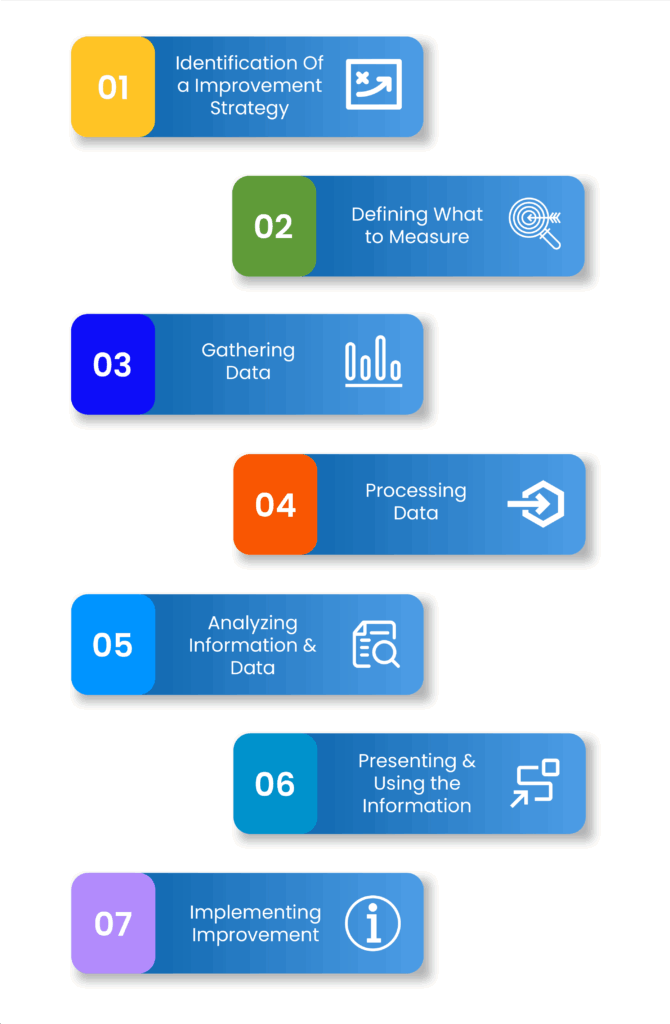One of the biggest problems many businesses face when managing IT services today is the inability to ensure continuity in service quality and to adapt quickly to changing user needs. Increasingly complex systems make it difficult to track processes, while repetitive errors reduce customer satisfaction and disrupt operational efficiency. At this point, the answer to the question “What is ITIL?” comes into play.
ITIL (Information Technology Infrastructure Library) is a set of best practices and process guidelines developed to manage IT services systematically and sustainably, adopted by leading organizations worldwide. ITIL has evolved over the years to adapt to evolving technology and ways of doing business, becoming more agile, collaborative and value-oriented with the ITIL 4 version. The Continual Service Improvement (CSI) approach at the heart of ITIL enables organizations not only to solve problems, but also to learn from each service cycle to deliver better, faster and more consistent IT services.
Together, ITIL and CSI not only offer businesses the opportunity to optimize their existing IT infrastructure, but also enable them to build a flexible structure that can adapt to changing conditions. In this way, organizations can increase customer satisfaction, improve resource utilization and gain competitive advantage. The answer to the question of what is ITIL lies exactly here: it refers to the ability to provide agile, sustainable and continuously evolving IT services to changing business needs.
What is Continual Service Improvement (CSI) ?
Within the ITIL framework, “Continual Service Improvement” (CSI) is one of the fundamental building blocks of IT service management. Cheetah Low-code Development Platform accelerates this improvement cycle by quickly modeling and deploying IT service processes such as incident management, change management and service request management. Thus, organizations can optimize their processes in an agile way and make continual improvement seamless.
The IT service lifecycle is a structured approach that covers the entire process from planning to delivery and continual improvement of a service. The ITIL framework addresses this lifecycle in five key stages, ensuring that IT services are aligned with business objectives, sustainable and value-oriented. These five basic phases are as follows:
- Service Strategy: The key stage where business objectives and customer needs are defined.
- Service Design: Identified strategies are translated into actionable plans and service offerings.
- Service Migration: Ensures the smooth transition of new or changing services to the live environment.
- Service Operation: End users’ needs are met through daily service management processes.
- Continual Service Improvement (CSI): Supporting all phases, this process regularly evaluate and improves IT service quality.
The main purpose of Continual Service Improvement is to ensure that the improvement cycle does not stop even after the service strategy has been created, designed, delivered and launched. This process is based on identifying opportunities for improvement, supporting them with metrics and achieving measurable outputs. The seven-step improvement process forms the building blocks of this phase and is supported by data-driven analysis.
The 7-step improvement process consists of the following steps:
STEP 1 – Identication the Improvement Strategy
STEP 2 – Defining What to Measure
STEP 3 – Gathering Data
STEP 4 – Processing Data
STEP 5 – Analyzing Information and Data
STEP 6 – Presenting and Using Information
STEP 7 – Implementing Improvement
Continual Service Improvement is necessary for organizations that want to ensure sustainable efficiency and customer satisfaction in IT services. When a structure is created in which everyone within the organization contributes to the improvement process, not only the processes but the entire organization improves. For this reason, one of the most strategic answers to the question “What is ITIL?” is the Continual Service Improvement approach that enables the organization to continuously improve itself.

What is the Value of Continual Service Improvement for Businesses?
In today’s competitive business world, it is not enough for IT services to just be up and running; they also need to continuously improve. This is where the importance of a Continual Service Improvement (CSI) plan comes into play. It aligns IT services with the overall goals of the business, increasing business value and contributing to corporate sustainability.
The value it creates for businesses can be listed as follows:
1. Provides productive and cost-effective improvements
Continual Service Improvement focuses on measurement and analysis to identify how existing services can be improved. For example, if an e-commerce site improves slow load times by continuously monitoring server response times, it can increase customer satisfaction and sales.
2. Establishes a strong link between IT and business objectives
It creates a structure where IT is a strategic partner, not just a support unit. For example, improving a bank’s mobile app performance can directly impact the customer experience and increase customer loyalty.
3. Strengthens the relationship between the customer and IT service providers
Customer trust grows as service levels are monitored and improved. For example, consistently meeting SLA (Service Level Agreement) targets reinforces customer trust in IT.
4. Improves team collaboration and productivity
A culture of continual improvement encourages teams to solve problems together. In a software development team, having coding, testing and deployment teams working with continuous feedback can lead to a product with fewer bugs in less time.
5. Provides insights for future growth opportunities
The Continual Service Improvement process reveals which services are more business critical and what needs to be invested in. For example, a healthcare company may decide to develop new cybersecurity solutions based on the findings of the data security process.
As a result, the effective implementation of a Continual Service Improvement plan transforms IT services into a structure that is not only sustainable but also provides strategic advantage. When all these elements come together, the answer to the question of what is ITIL for businesses becomes not only a framework but also the key to sustainable business success.


